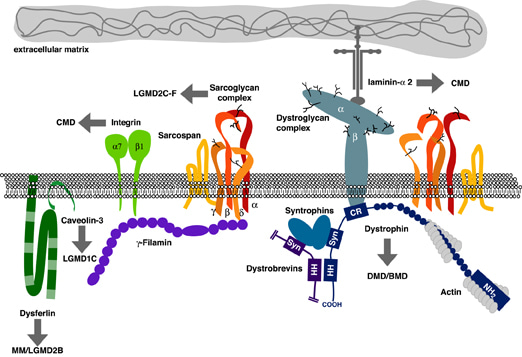Physical examination
The neurologist conducts a survey of the patient and his parents, paying special attention to characteristic complaints that may indicate muscle weakness: increased fatigue, frequent falls or clumsiness, muscle and back pain, delayed intellectual and linguistic development, learning difficulties, etc. The doctor evaluates the patient's gait, examines muscle tone, strength, tendon reflexes, conducts the Govers test (reveals auxiliary techniques when lifting from the floor). The condition of the osteoarticular system and the presence of spinal curvature are assessed.


